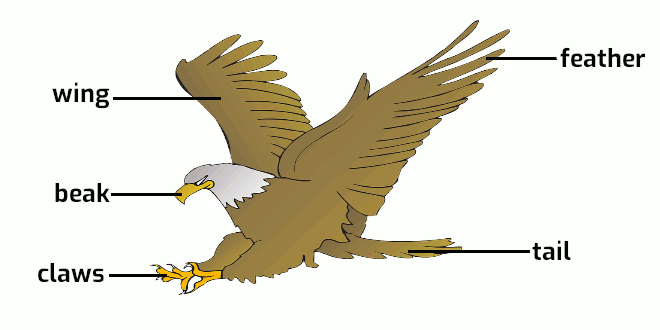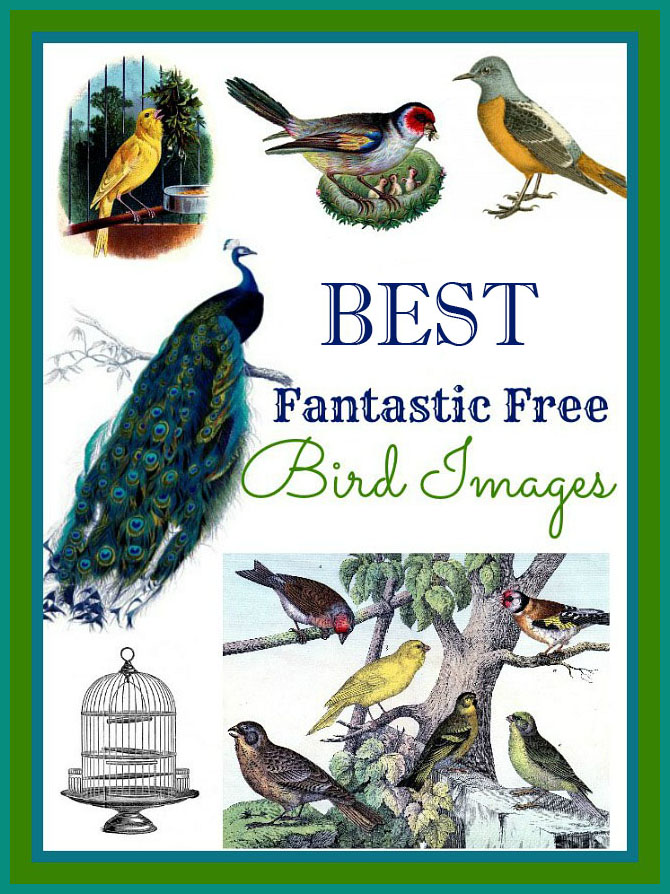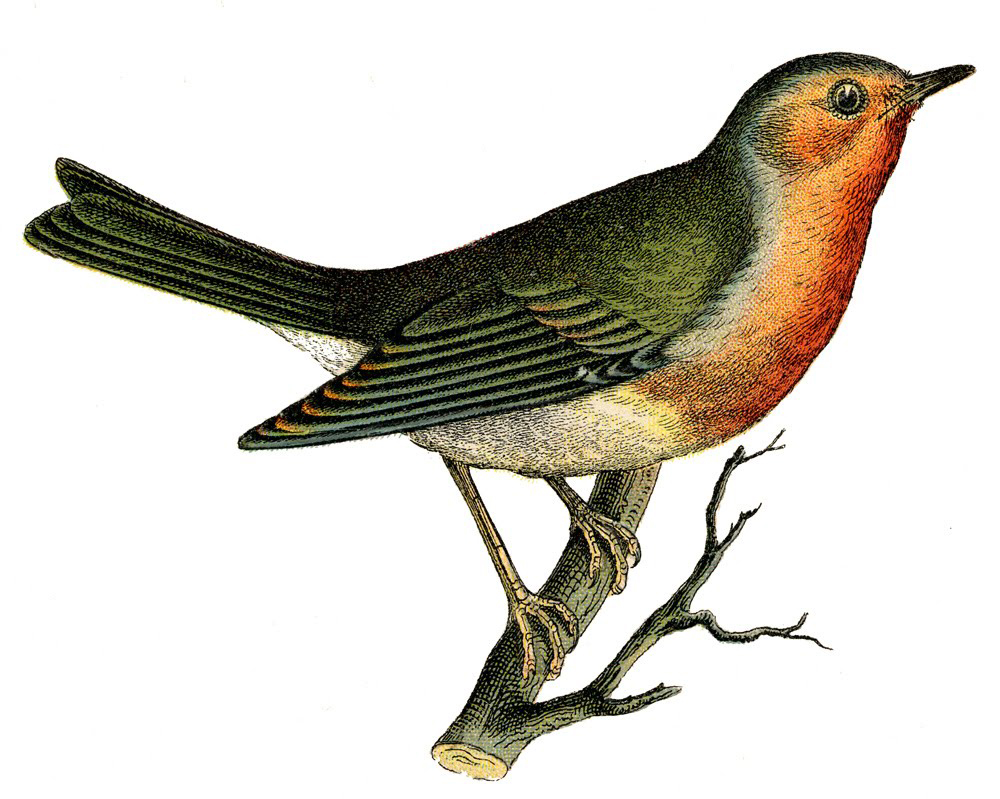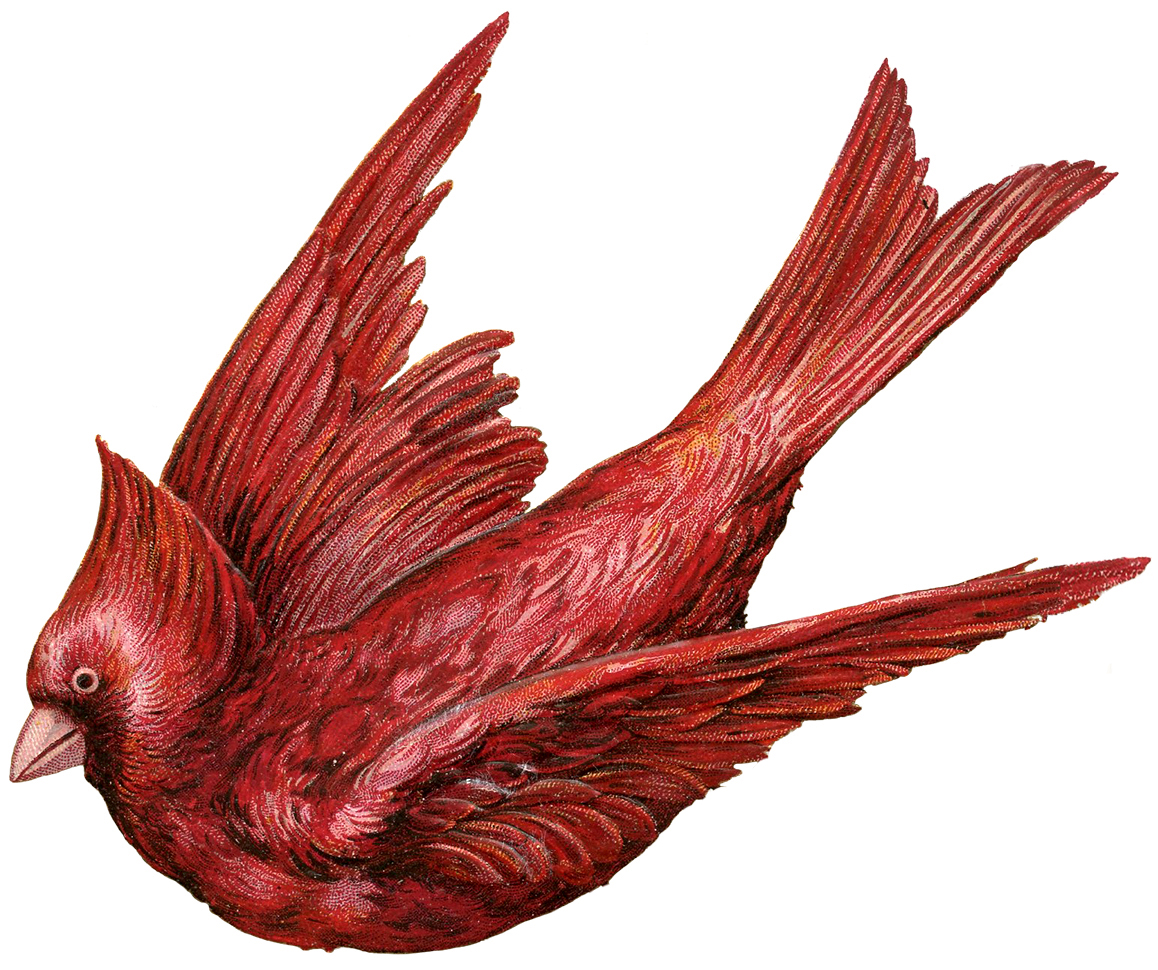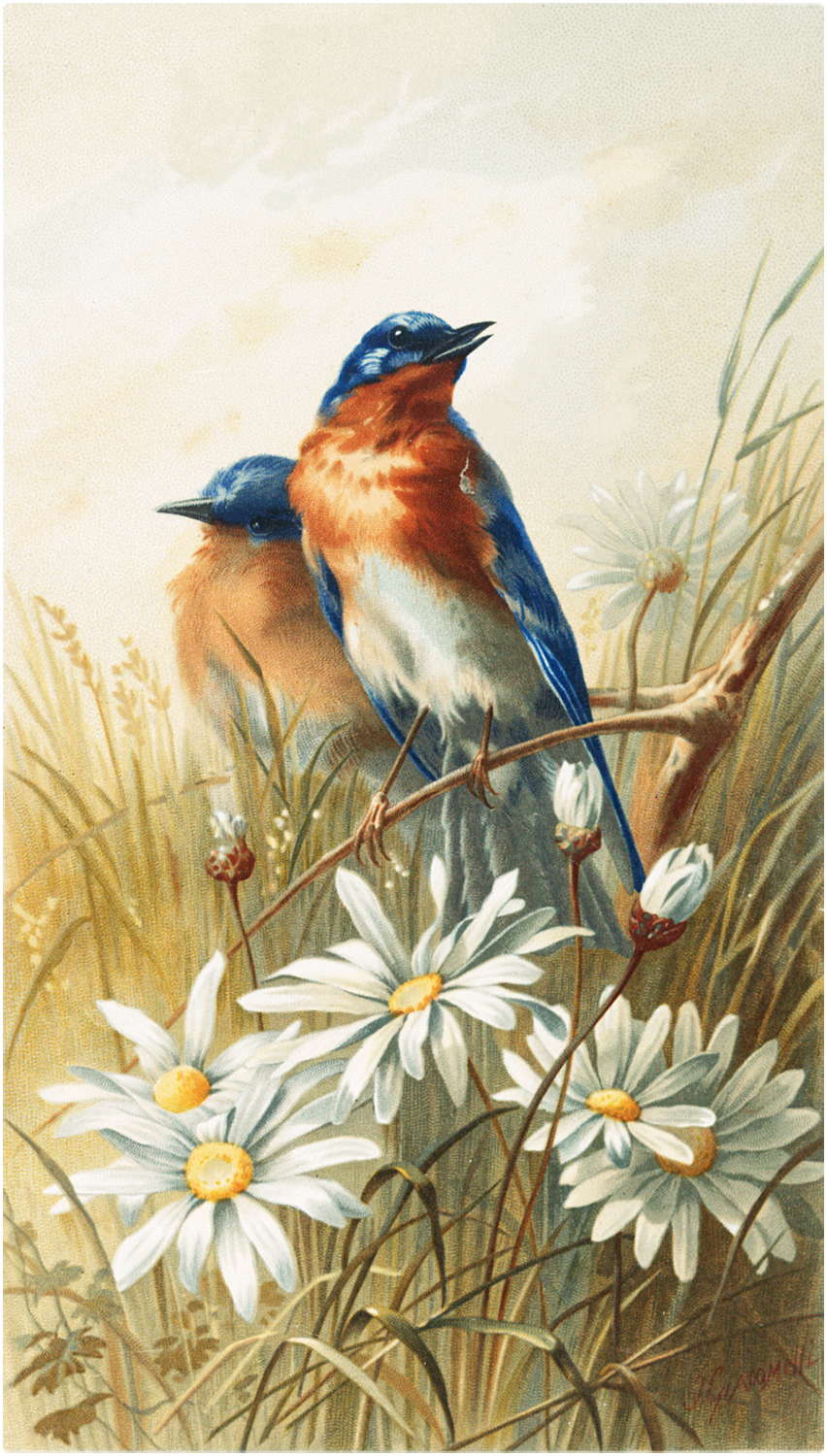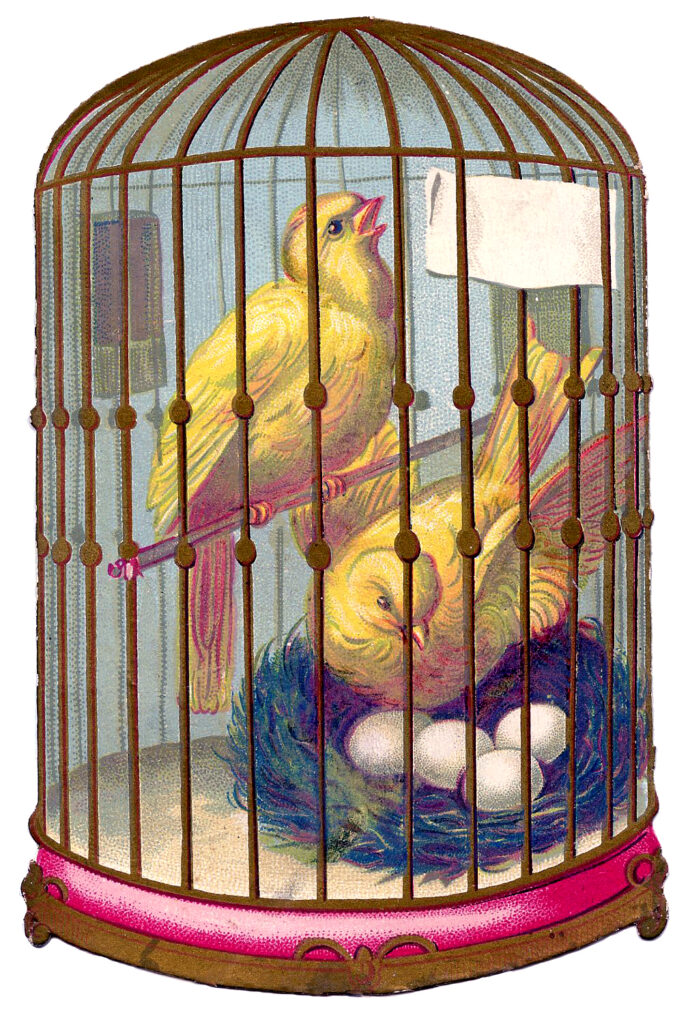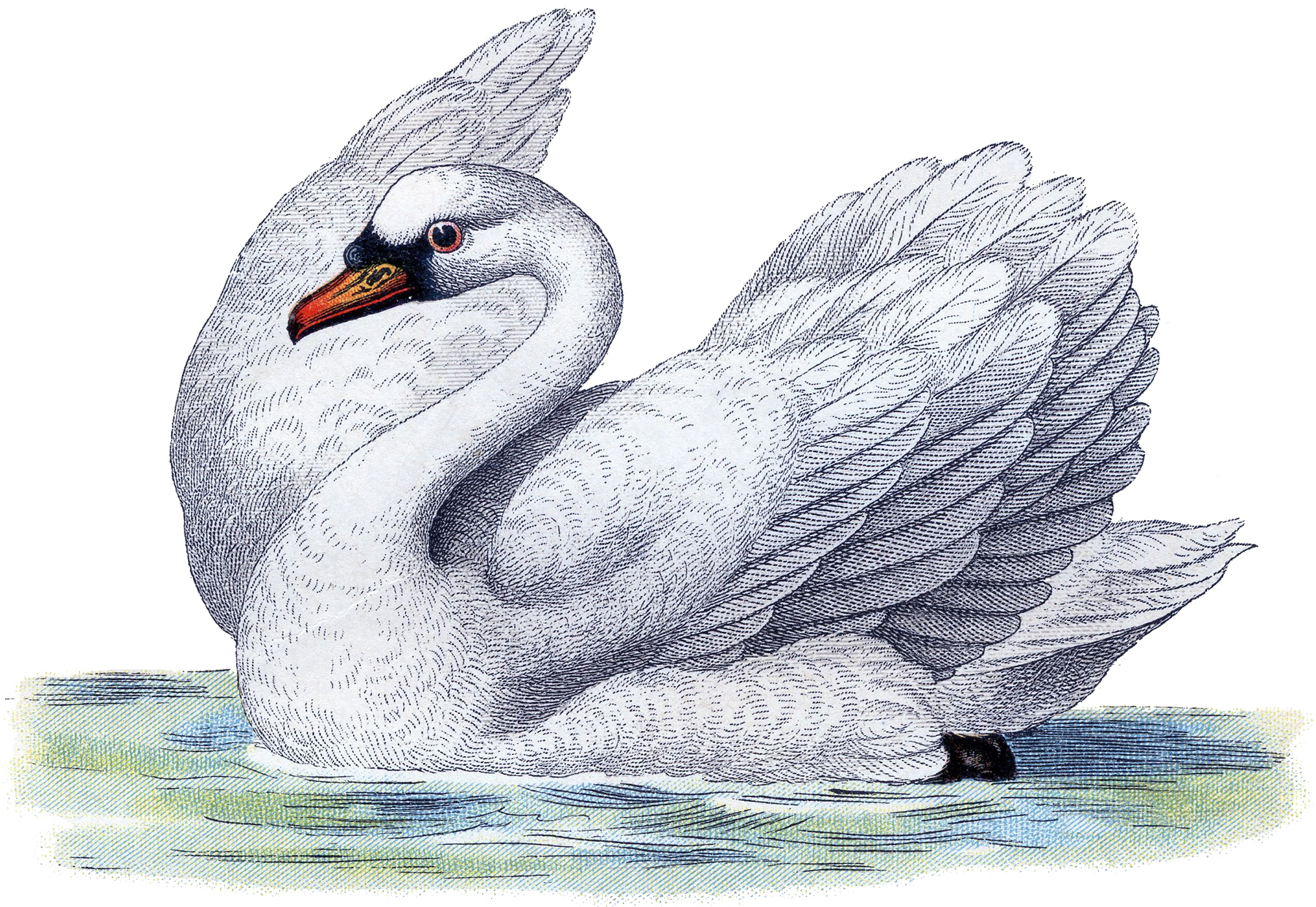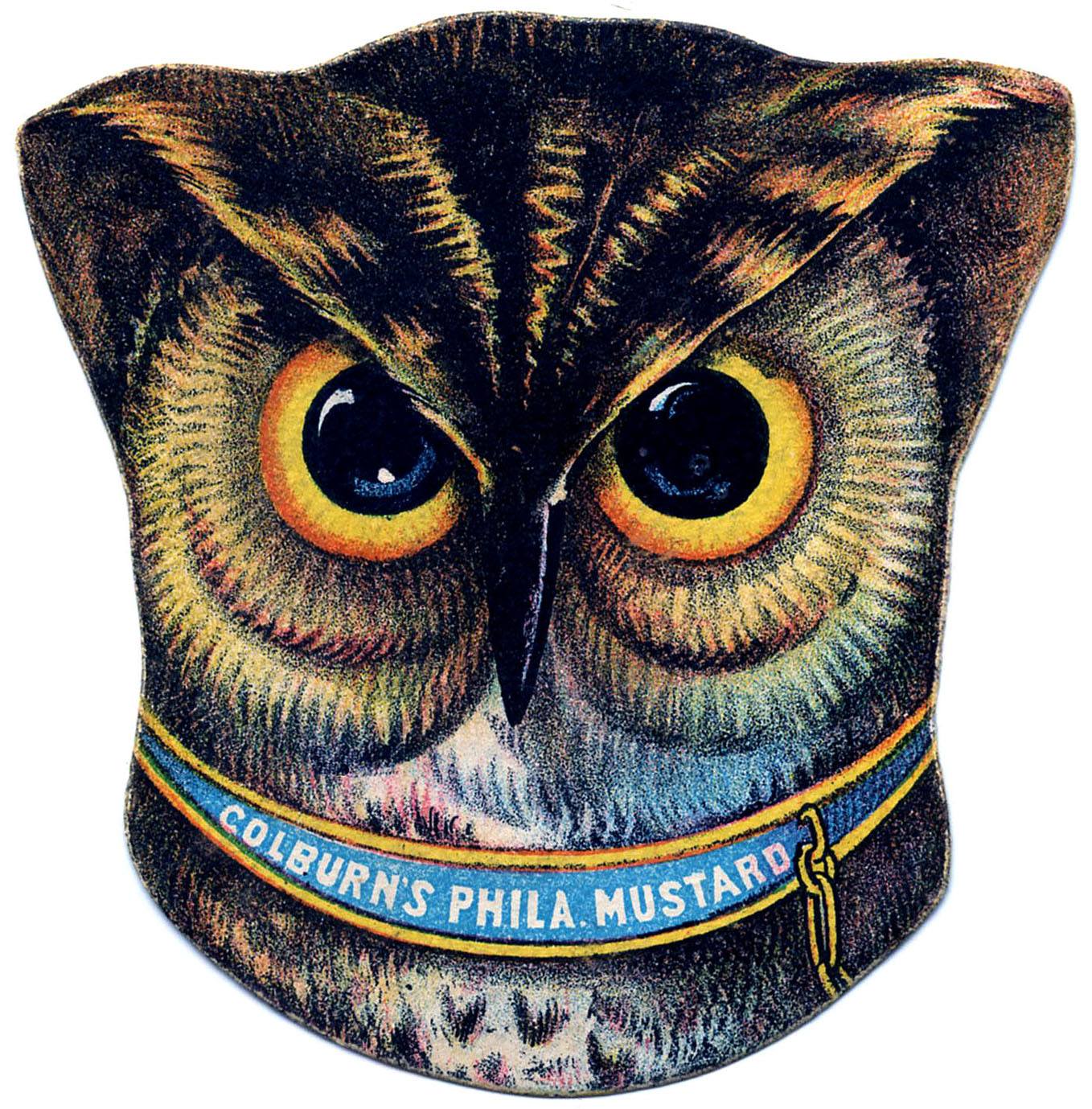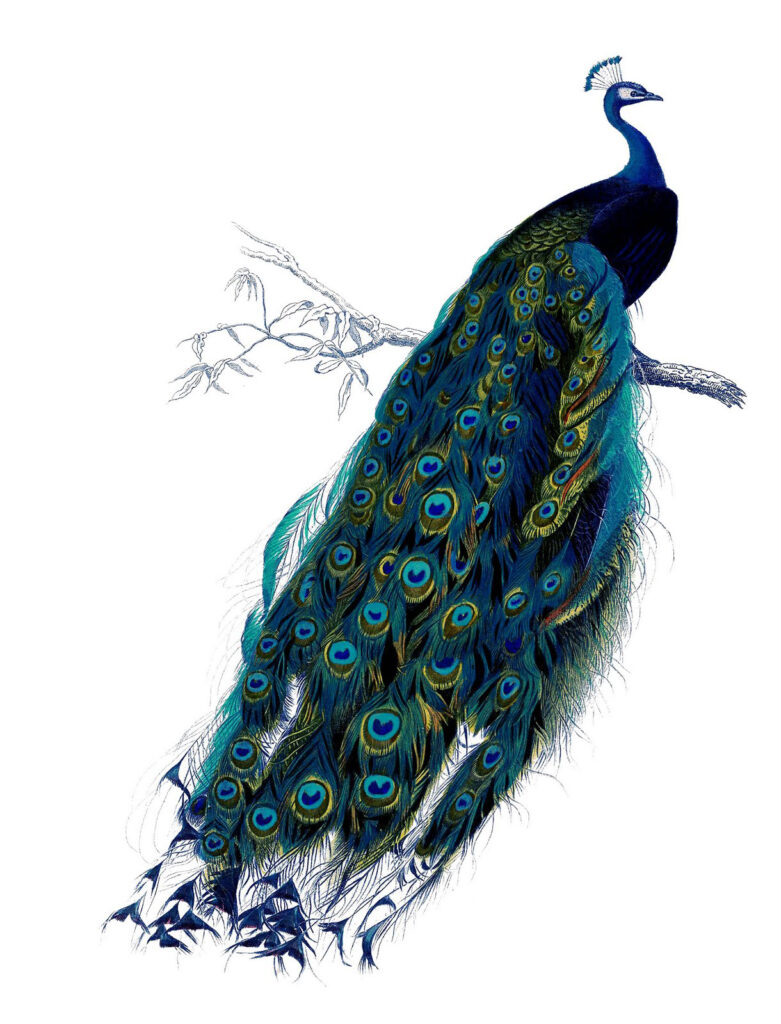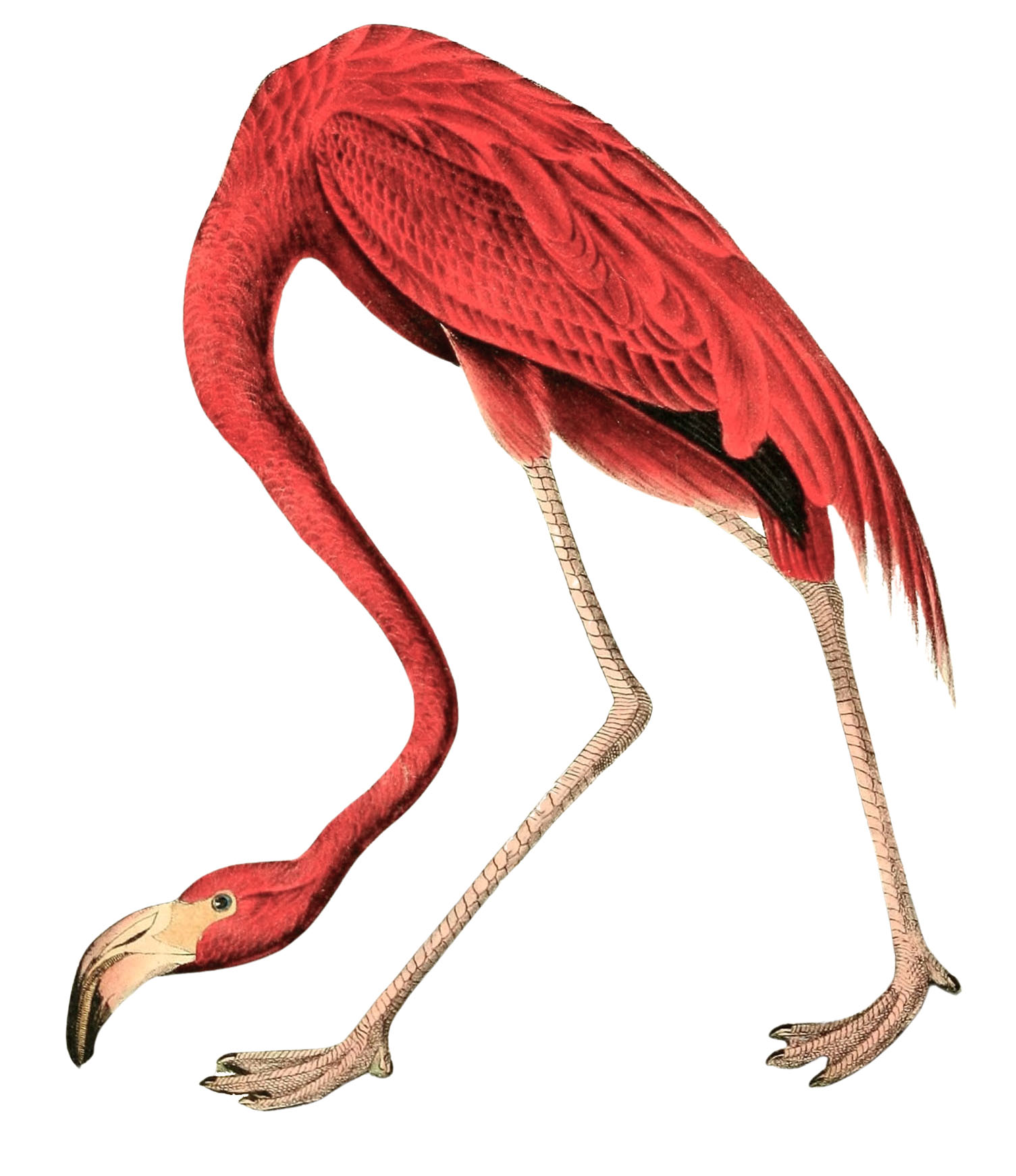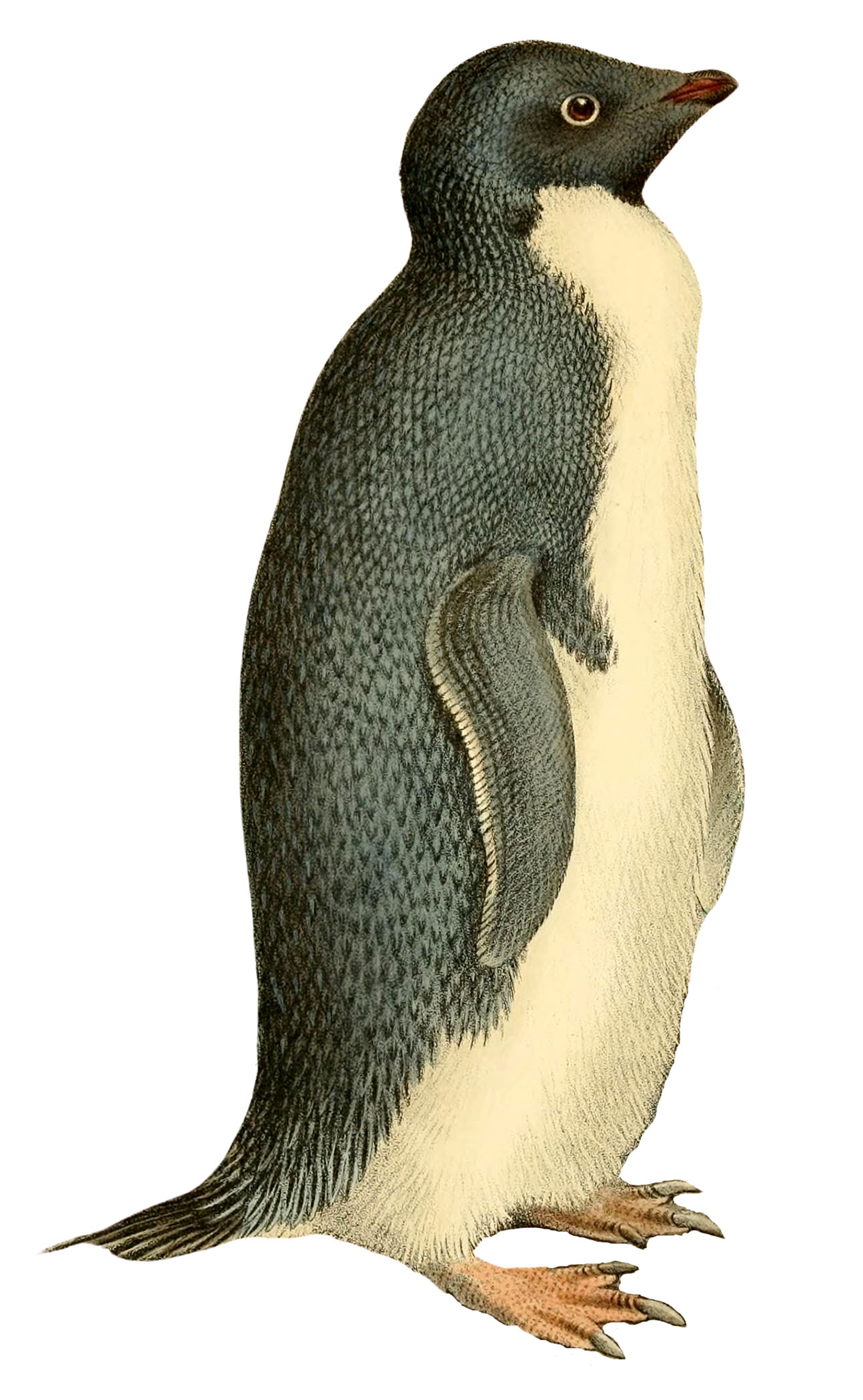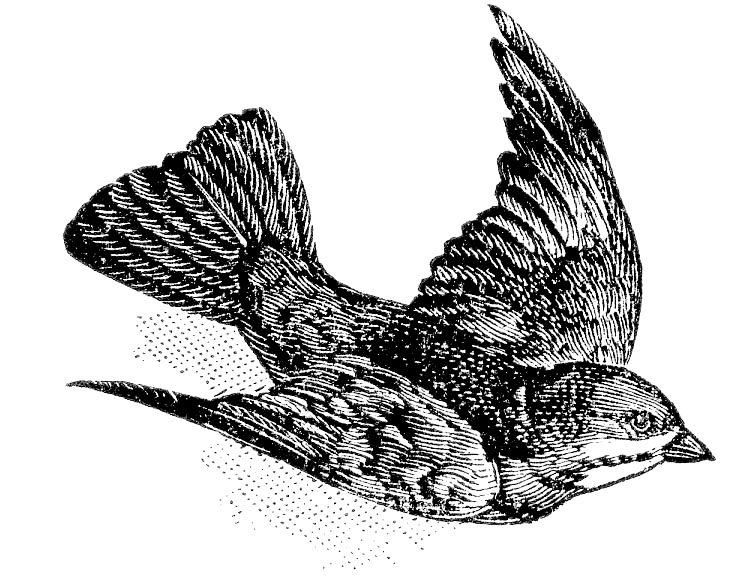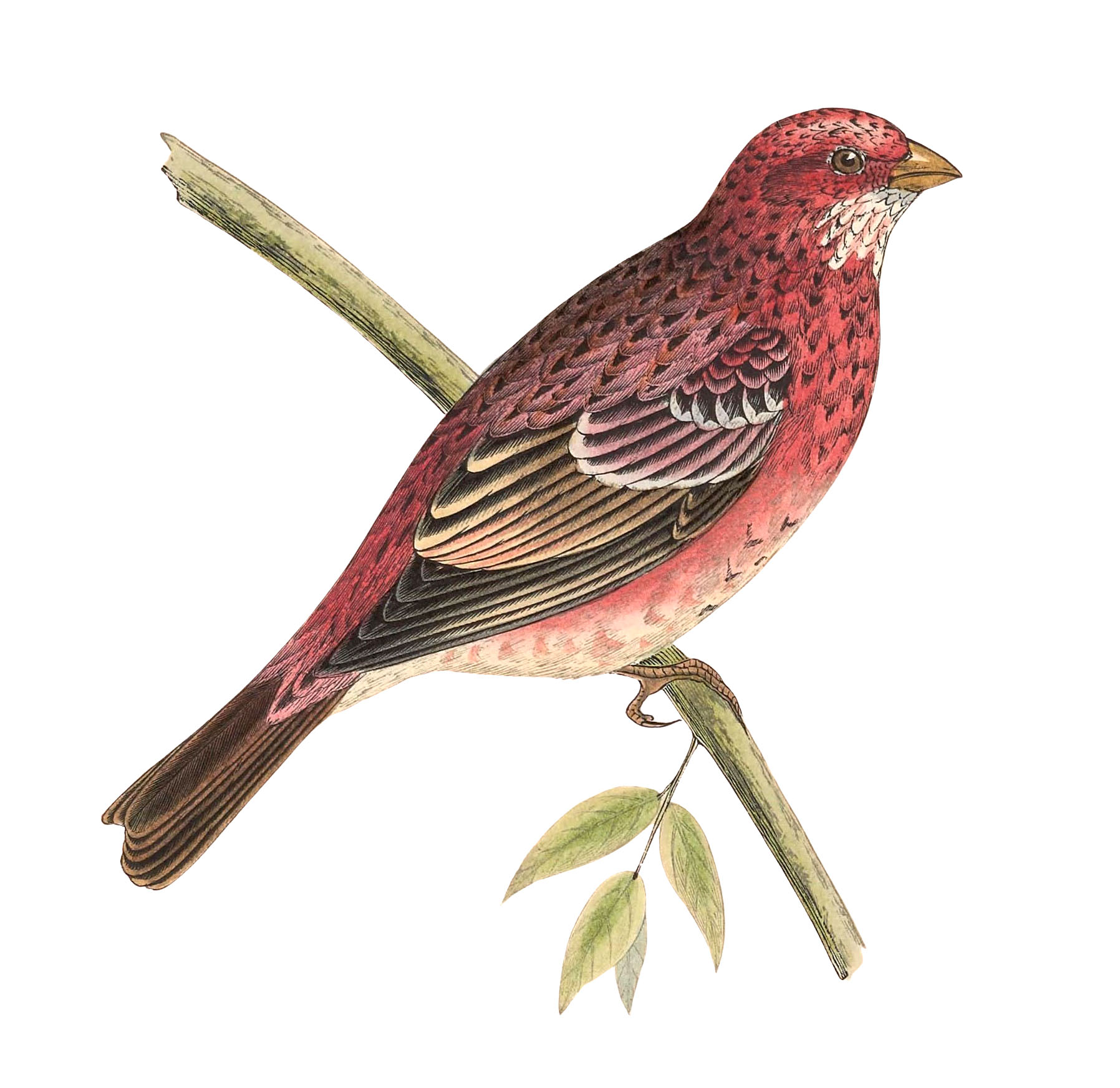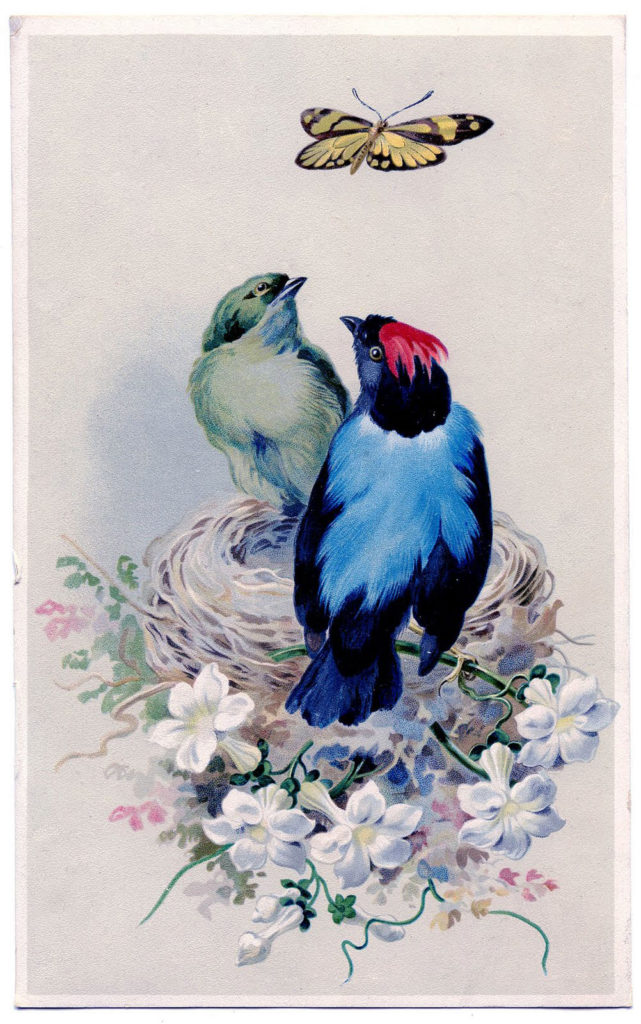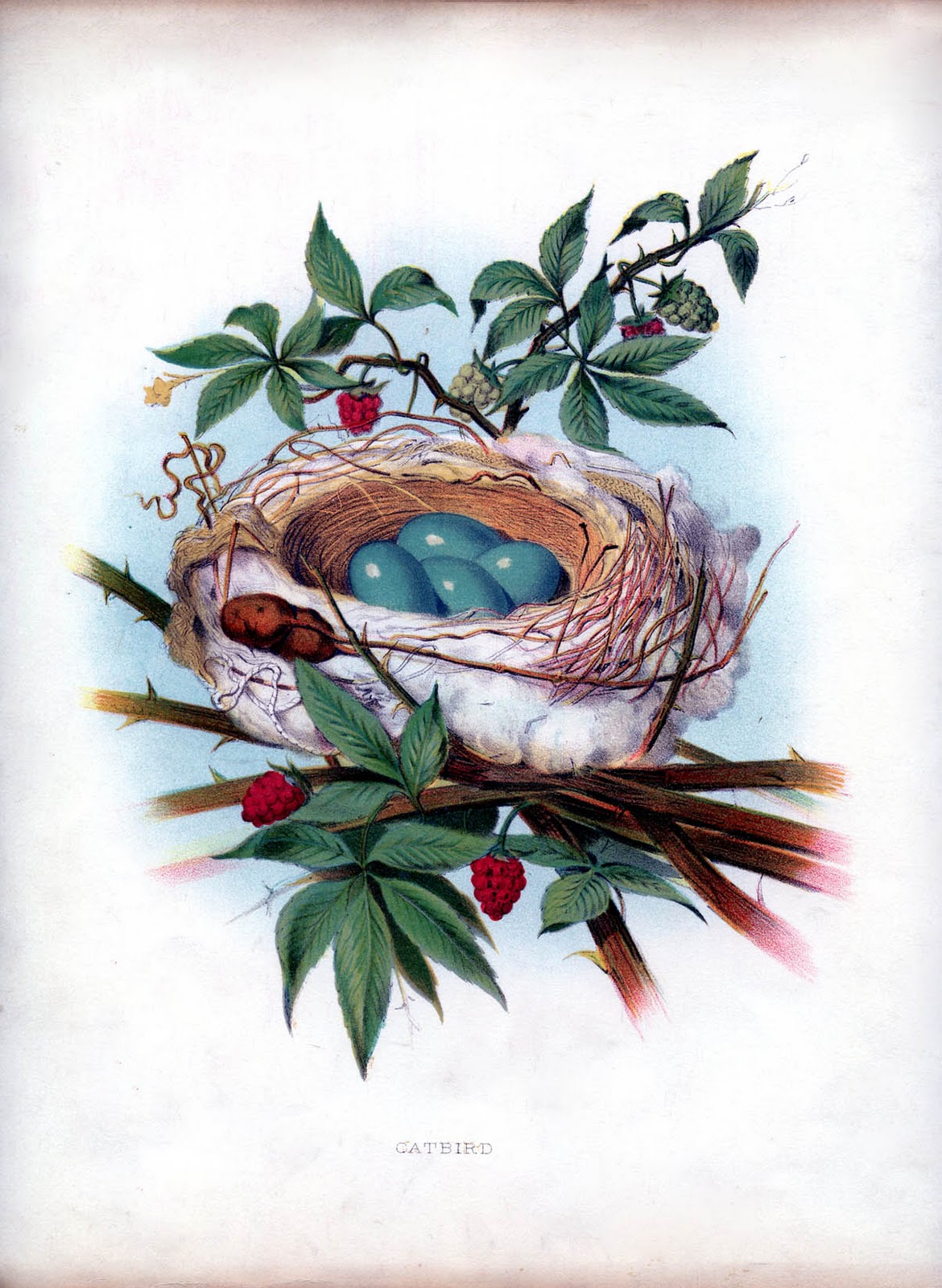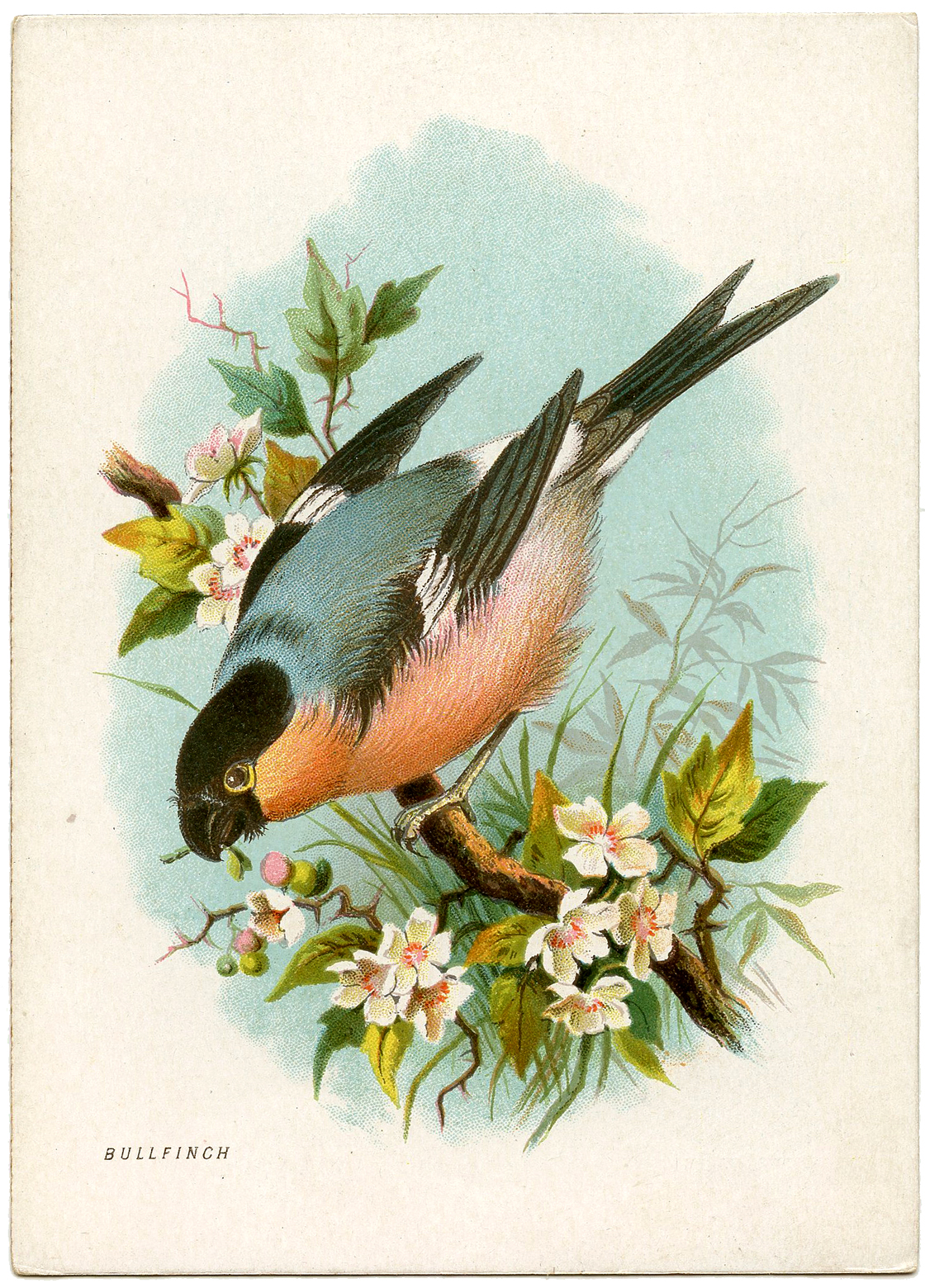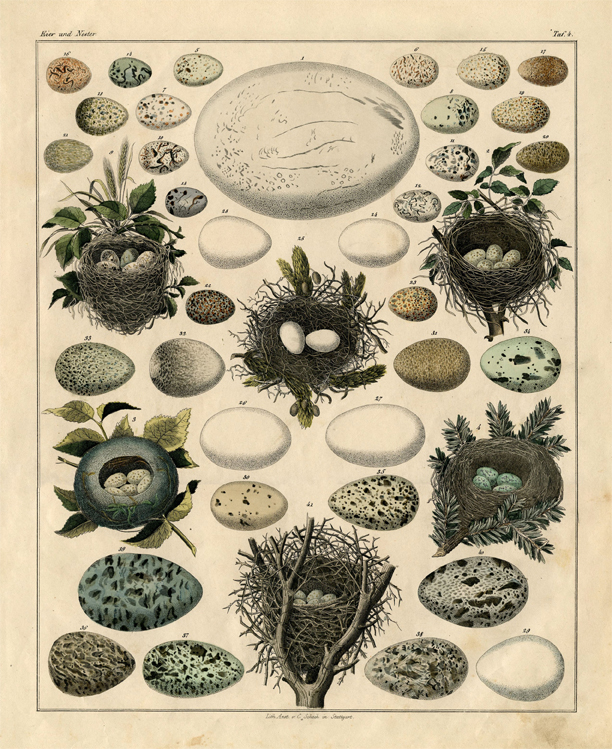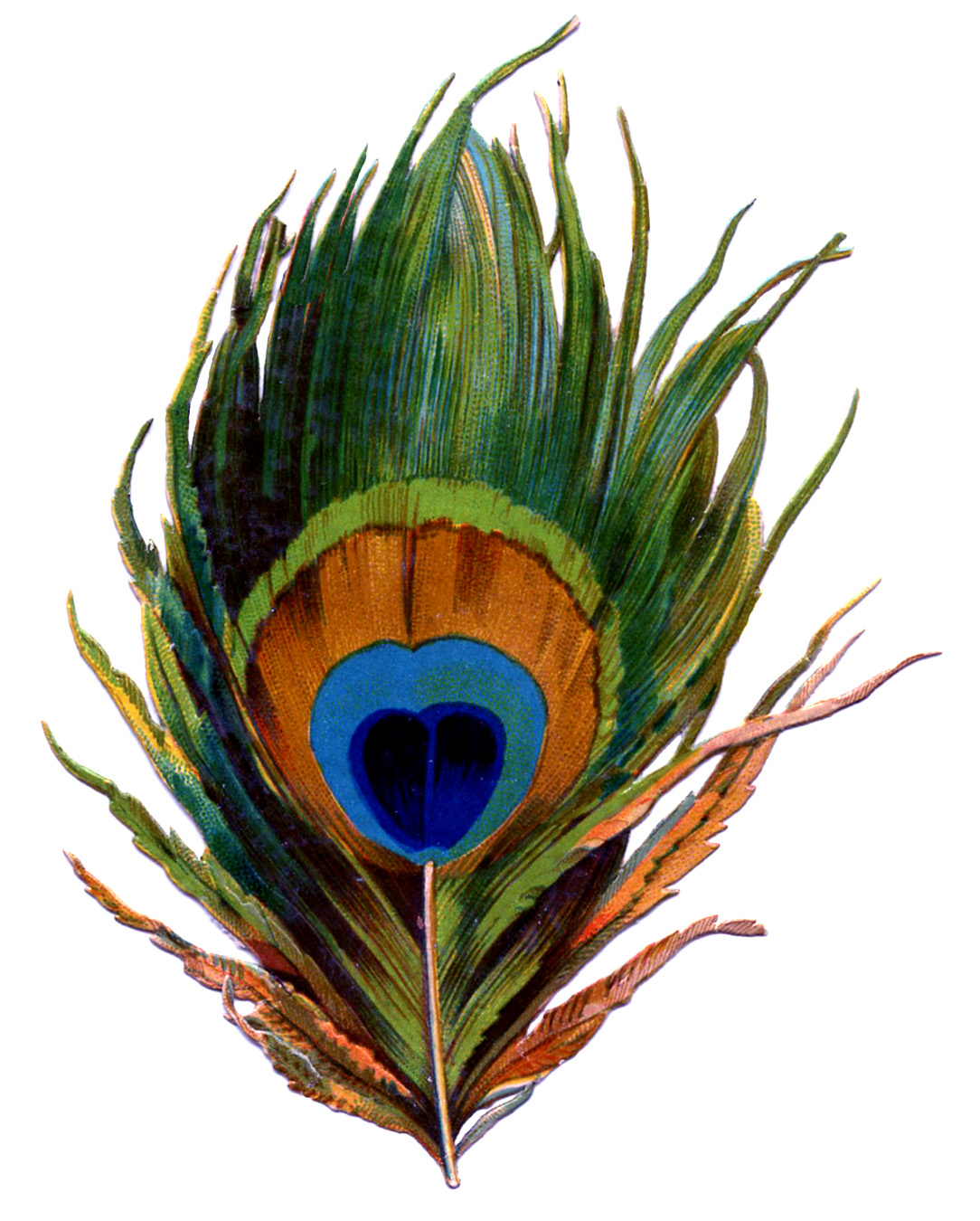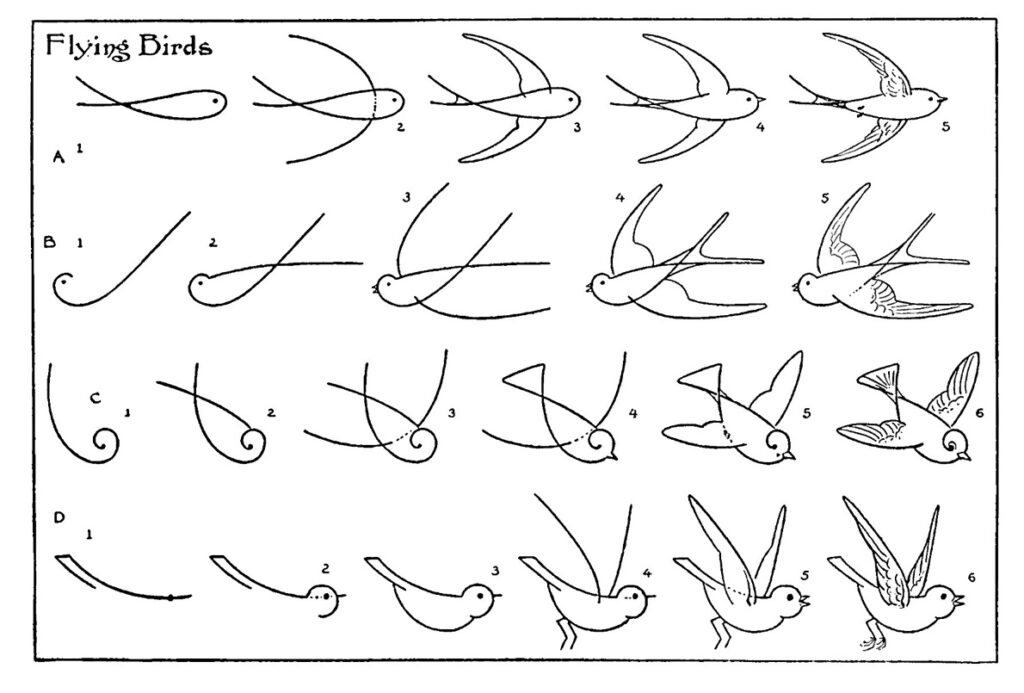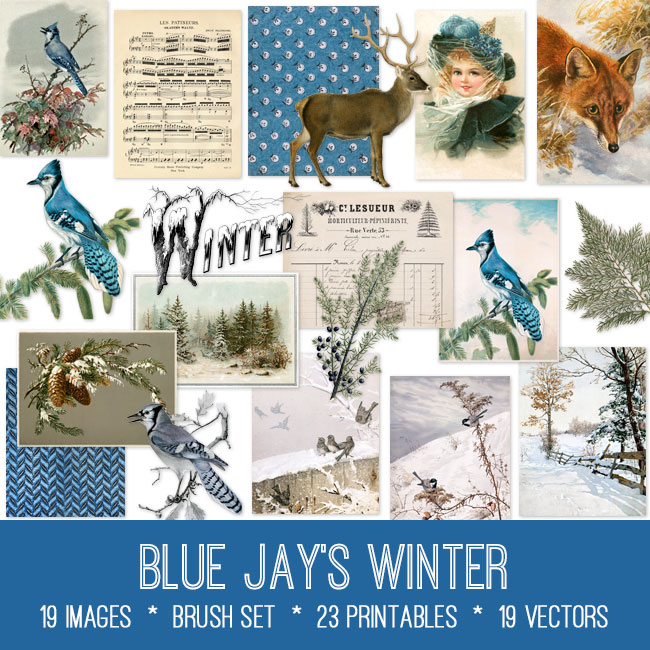A bird is an animal with wings, a beak, two legs and feathers covering its body. Birds are vertebrate and they can fly.
Table of Contents
- ⬤ Pictures of birds with pronunciations
- ⬤ Word list of bird names in English
- ⬤ Body parts of birds
- ⬤ Flashcards exercise about birds
- ⬤ Flip the card game about birds
- ⬤ Images of birds vocabulary to download and share
- ⬤ Picture quiz about birds vocabulary
- ⬤ Listening test about birds vocabulary
- ⬤ Writing test about birds
- ⬤ Spelling test about birds
- ⬤ Worksheets for birds vocabulary to download and share
⬤ Pictures of birds with pronunciations
These are the names of some birds in English with pictures. Click on any image to listen to the pronunciation.
The browser you are using does not support HTML5 audio playback. Sorry.
⬤ Word list of bird names in English
- bird
- parrot
- pigeon
- duck
- turkey
- penguin
- owl
- crow
- goose
- chick
- chicken
- hen
- rooster
- cock
- eagle
- ostrich
- peacock
- vulture
- sparrow
- swallow
- gull
- seagull
- swan
- hawk
- pelican
- flamingo
- falcon
- fly
- wing
- beak
- feathers
- nest
- tweet
- migrate
- flock
SIMILAR PAGES:
❯❯ Animals vocabulary
❯❯ Sea animals vocabulary
❯❯ Pets vocabulary
❯❯ Insects vocabulary
⬤ Body parts of birds
Here are the body parts of the birds in English.
⬤ Flashcards exercise about birds
You can learn birds vocabulary with flashcards exercise below. These are the flashcards with images of birds. Guess the name of the bird and after that click on the card to see the answer.
⬤ Flip the card game about birds
Here is a nice memory game about birds vocabulary. Click on a card to flip it. Then you will see a random word about birds. Guess the meaning of it in your own language.
⬤ Picture quiz about birds vocabulary
The following is a vocabulary picture quiz about birds. Select the name of the bird from the list according to the bird image. Every right answer will add 10 points to your score.
⬤ Listening test about birds vocabulary
Here is a listening test practice about birds. Firstly, listen to the name of the bird and then select the relevant picture of the bird from the list. For each correct answer you get 10 points.
⬤ Writing test about birds
Below is a writing test about birds. First, look at the picture of the bird and after that type the name of the bird into the text box.
⬤ Spelling test about birds
This is a listening and spelling test about birds. First, listen to the audio and identify the bird name. Then type the name of the bird into the input box.
560 Free Bird Images – Printable Pictures
Here is a HUGE collection of some of the Best Free Bird Images, and Bird pictures to print, from here on The Graphics Fairy blog! In this post, you’ll find a marvelous collection of our favorite birds, organized by Species, Color, Printable Art and more. These images range from antique scrap pieces, to drawings and Illustrations, and natural history prints and printables, and are perfect for your craft and digital art projects.
B
If you’re a bird lover like me, you probably grab your camera and lens, on a regular basis, and head out onto your favorite trails, or even your backyard, to grab a photograph of any rare feathered friends that you might come across. My Dad was an amateur photographer who loved to get up in the early morning any time of year, to get great shots of his favorite bird species.
But even if you don’t have a plethora of gorgeous birds nearby you can still enjoy this magnificent collection of Bird Clipart. No nest boxes or suet feeders required! The bird archives at The Graphics Fairy are extensive and it was difficult choosing favorites for this post!
Bird Images by Species
Enjoy this marvelous collection of Bird pictures organized by type.
18 Robin Bird Images. This is a charming collection of beautiful Robins! These are lovely to use in projects where you need a bit of red color.
23 Doves. This is a nice large set of these lovely white bird Images. You will find Full color and black and white versions. So many pretty Bird pictures to print out.
31 Swallows. This is a huge collection of sweet Swallows! Some of my favorite bird images are in this set. Included are many flying Swallows with their wings stretched out and a few that are resting as well. I love watching these guys dive for insects.
10 Cardinals. Cardinals are such showy birds! This is a gorgeous selection of these bright red beauties. Some of these Northern Cardinal birds would work really well in Christmas projects.
11 Hummingbirds. This such a lovely set of these fairy like creatures. Included are a wonderful print, along with smaller full color and black and white pictures.
8 Blue Jays. These wonderful Jays are perfect for when you want to add some deep blue tones to your projects and creations. A nice collection of Bird Clipart.
14 Bluebirds. These sweet Bluebirds are sure to bring a smile to your face and some happiness to your crafts! I can never get enough of these precious birds.
11 Eagles. This is a nice collection of regal looking Bald Eagles. Perfect to use in your Patriotic projects.
10 Crows. This is an interesting set of Crows. Some look a bit sinister even and would work well for Halloween.
7 Birds of Prey. In this collection you fill find a number of birds including several Vultures. Some are devouring their prey. A bit creepy but also good for Halloween.
14 Canary. This is an adorable collection of these bright yellow cuties! Included are males and females. Some are in cages on a perch like the ones above and others are out and free to fly.
8 Pigeons. A nice collection of these humble birds. These pictures of birds are really quite lovely!
7 Parrots. Perfect for those Summertime or Tropical projects. You will find brightly colored Parrot Bird Clipart and black and white ones too.
16 Roosters. For your Farmhouse creations, French or otherwise, these charming Roosters should fit the bill.
9 Swans. Perhaps the most elegant Bird in all the world. This is a truly gorgeous collection that includes a number of White Swans as well as a Black Swan.
11 Turkeys. We’ve got a nice set of big beautiful Turkeys here for your Thanksgiving or Fall creations, or nice for Nature themed projects too.
5 Pheasants. Another bird that we think of around the Fall season. Such gorgeous creatures! This is a small set, but I plan to add more to this one as we get closer to the Autumn.
7 Ducks. This is a nice selection of Ducks that include several different species including Mallards, as well as a cute whimsical Duck with an umbrella!
30 Owls. Here you will find a huge set of marvelous Owls! Included are Natural Owls, Spooky ones and Cute ones too. If you are an Owl lover, you will love this set!
3 Guinea. A cute little set of Guinea Fowl. Such funny birds, but quite cute!
More Bird Clip Art by Species
21 Peacocks. This is a large and stunning set of these majestic birds! The colors and tones are absolutely gorgeous and there is so much to choose from on this post.
11 Shore Birds. Some lovely Shore Birds including Herons, Pelicans, Killdeer and more. Many with Seaside landscapes behind them. Great for Beach Decor!
8 Seagulls. More Shore Birds here, but this set is strictly gulls. They would work nicely together with the previous category.
5 Flamingos. What’s not to love about these bright pink Bird Clipart pictures! So great to use in your Tropical or Vacation themed crafts. Fun, fun, fun!
5 Cranes. A small set of wonderful Crane images. Such large interesting birds! Thankfully these ones don’t make any noise, as the real ones can make quite a ruckus!
5 Ostrich. Even larger than Cranes are these marvelous Ostriches. And their feathers are fantastic! These guys are all very beautifully illustrated.
8 Penguins. Next is a small collection of Penguins. This cold weather species is beloved by so many. They can be quite cute to use in Holiday projects.
6 Puffins. These Puffins and Auks would tie in nicely with the Penguins above.
4 Phoenix. This little set includes a very old fantasy style Phoenix and an interesting French label. Great for illustrating a life change that’s going in a positive direction.
Bird Images by Color
These Bird pictures are organized by color so that you can find just the right hue for your projects.
29 Black and White Bird Pictures. This is a nice large collection of black and white Bird Clipart. These were scanned from all sorts of old books from Dictionaries to Encyclopedias to Natural History books and more. Lots to choose from here in lots of different styles.
10 Orange Bird Clipart. Lots of lovely bright colored bird clip art pictures here, for when you need a bit of orange to brighten up your creations.
11 Pink Bird Images. One of my favorite color sets! Who new that there were so many different kinds of pink birds. So so pretty!
19 Yellow Bird Illustrations. Sunny, happy, bright yellow creatures! Included are Goldfinches, Chats and Vireos, these are all wild songbirds.
15 Brown Bird Clip Art. Some sweet warm toned birds. These would be lovely in Autumn or Fall projects.
Some wonderful printables to frame and hang on your walls.
7 Hector Giacomelli Birds Illustrations. If you’re not familiar with this artists work, you will flip when you see his gorgeous bird pictures to print! These have been very popular with my readers over the years.
9 Natural History Bird Pictures. These include some of my favorite Bird Prints of all time! Some of these are incredibly detailed and would look gorgeous hung on a wall just add some frames for some Instant Art.
11 Nest Printables. Gorgeous, gorgeous, gorgeous Nests! A number of these prints were scanned from the same book so they coordinate very nicely together.
6 Owl Prints. There are some truly gorgeous Prints in this set too. Some are quite mesmerizing!
6 Natural Bird Book Pages. These Printable book pages make lovely smaller size prints. They mostly date to around the mid 1800’s. Beautiful!
10 Bird Poem Cards. This is a charming set of matching cards from a small poem book. Such a sweet set of Ephemera Bird pictures to print!
16 Spencerian Calligraphy Birds. A wonderful Victorian set of Calligraphy Bird pictures. Many of these were scanned from a very rare book in my collection. Wonderful!
Eggs, Nests, Feathers and More
Some Bird related Categories that would be lovely in your projects.
11 Bird Eggs. There are so many fabulous offerings in this collection. I think Antique bird egg pictures are just so charming! I think you will feel the same way when you see these.
28 Nests. Lots and lots of lovely Nests! Some with Eggs, some with Flowers, some with birds. So much to choose from in both color and black and white.
23 Feathers. There are some real beauties in this set. From brightly colored to brown and subdued, your sure to find the perfect image to feather your project!
12 Bird Cages. This is a marvelous collection of black and white Victorian Wire bird cage images. They can be used in so many ways, add flowers to them, a bird on top, or place them as an ornament on a ladies head! Great for collage work and mixed media.
7 Bird Cage Pictures. A few more cages for your art. These are all in full color.
Bird Pictures to Print Activity Pages
A few just for fun things!
7 How to Draw Birds. Learn how to draw all sorts of birds with these fun printable practice sheets!
3 Swan Coloring Pages. Relax with a some fun color therapy when you print out these free Printable Swans coloring pages!
Premium Membership Bird Themed Bundles
These are a few samples of some Bird themed bundles on our Premium Membership site if you find that you need even more Bird Clipart for you projects.
Blue Jay’s Winter. This is a stunning bundle that puts beautiful Blue Jays front and center with other pieces of Ephemera to coordinate with them.
The Ornithologist. This bundle is themed around a story idea that we created about a female Ornithologist in the 1800’s. It’s filled with some magnificent Bird themed Ephemera, so many treasures in this one!
Peacock Hues Ephemera. Another gorgeous bundle! This uses rich Peacock colors as a basis for it’s theme. There are several birds in it along with lots of color coordinated pieces.
**************************************
We hope you enjoy these Best Free Bird Images! This is just a small sample of the bird images available on the site, so be sure you browse through the extensive bird and eggs archive.
Hello! Are you new to The Graphics Fairy?
Welcome, I’m so glad you’re here! Browse around to find thousands of Stock Images that you can use in your projects or designs! I post new Vintage images every day, as well as projects and DIY’s too! Need more info about my site? Try my FAQ page.
Living beings are classified into both vertebrates and non-vertebrates. Invertebrates, we have amphibians, reptiles, birds, etc. Birds being an incredible part of our nature characterized by feathers, a beak with no teeth having a metabolic rate, laying hard-shelled eggs. They have a four-chambered heart, with varied weights of birds, they are blessed with a strong skeleton. Types of birds can be explored as a hobby, and many people take it seriously. Take a look at the range of beautiful birds list that we may or may not know of.
What Is A Bird?
Birds are part of our natural eco-system and help in many processes, such as pollination that help plants grow. Many types of birds can be classified based on size, weight, mannerisms, etc. Birds are warm-blooded with beautiful feathers, wings, and lay eggs. Many scientists believe theropod dinosaurs are the ones from where birds evolved and have 10000 species of birds worldwide. Every year 20% of birds migrate over long distances.
Main Characteristics Of Birds:
Birds have many characteristic features, such as a four-chambered heart, warmblood, skeletal backbone that are similar to other animals. But some features are unique only to birds. Some of them are:
- Wings: Although all birds have wings, not every bird fly. The bodies of birds are designed in such a way that there is a curve in their arms to lift and strong chest muscles.
- Feathers: Keratin is the material; the feathers are made from similar to nails and hair. They are also used to give warmth to our bodies, and females use them to attract their mates.
- Beak: Birds do not have teeth per se but sharp edges along the sides of their beaks. A bony structure at the center of the face of any bird is called mandibles or also called bills.
- Eggs: Birds give birth to little ones in the form of eggs that come out in several colors depending on the species. Birds build nests to protect their eggs that are mostly made out of calcium shell with the mucus layer.
- Skeleton: Birds have lightweight frames with hollow bones that help them fly quickly since they are light. Birds have rigid bones compared to other mammals.
See More: Types of Trees in India and their Uses
25 Types of Birds According to Species:
Here are the 25 different kinds of birds in india as well as world. Let’s have a look into them.
1. Toucan:
In this list of birds, the toucan is one of the beautiful beast bird which belongs to a family of Ramphastidae. This family is closely related to American barbets. The name of this bird is from Portuguese. Toucans mass ranges between 130 g -680 g, and its length lie in between 11.5 inches to 29 inches. Their bodies are short, and size is comparable to crow. Its tail is rounded and varies in length to the whole body. Its wings are small, and the neck is thick and short. These birds travel only short distances as they are forest-dwelling birds. Its tongue varies from 14-15 cm, which is a narrow and grey color. It understands the taste and is sensitive to it.
Toucan’s lives in subtropical and tropical regions and are a native of Central America, Southern Mexico, the northern portion of the Caribbean region and South America. As they are arboreal, they lay white eggs from 2-21. These are generally found in pairs. Toucans are omnivores, and their prey includes fruits, insects, and small lizards.
2. King Fisher:
Kingfisher belongs to a family of Alcedinidae and has three other families like Alcedinidae, Halcyonidae, and Cerylidae. This beautiful bird belongs to the families that contain rivers, trees, and water kingfishers. There are about 90 species in kingfishers.
Kingfisher has a large head, sharp, long, and pointed bills with short legs and stubby tails. Most of the species have plumage with differences in their sexes. These are mostly found in forests in tropical regions. They generally feed on fish and a wide range of prey. They love to live near rivers to eat fish. Their nest will be in cavities; tunnels dug into artificial banks in the ground. A quarter of kingfishers lives in unused termite nests.
The smallest species of kingfisher is African dwarf kingfisher, a mass average of 10.4 g and length is 10 cm. The largest kingfisher is a giant kingfisher, its mass average being 355 g and 45 cm in length. The plumage of most kingfishers is bright, in blue and green. Kingfishers have a long, dagger-like bill that is used for hunting fish and prey off the ground.
They generally have short legs with four toes, out of which three points in the forward direction. These are carnivores, and their prey includes fish, reptiles, and frogs, etc. Their eggs are invariably white and glossy. Clutch size varies between species. Each clutch has two eggs. Sometimes they lay ten and average of 3-6 eggs. Incubation is worked both male and female. Offspring stay with their parents until 3-4 months. Their prey is mostly insects, dragonflies, and bees, etc.
3. Swift:
Swift belongs to a family of Apodidae of highly aerial birds. Treeswifts are closely related to true swifts. This family is derived from Greek, which means footless. These are flying birds and are the fastest fliers and flies about 169 km/h. Common swift can cover at least 200,000 km in a single year. Swift has large wingtip bones.
They have the flexibility of changing their angle between wingtip bones and forelimbs to alter the shape and area by maximizing their efficiency and maneuverability. The birds even rotate their wings from the base. They live on all continents, majorly on oceanic islands. They weigh from 5.4 g- 184 g and measure from 9 cm- 25 cm. in length. The nests of these birds are glued to a vertical surface with saliva. Eggs hatch after 19-23 days and leave within six to eight weeks. Both parents incubate these birds.
See More: Types of Butterflies in the World
4. Parrots:
In the types of pet birds, a parrot is one. The scientific name of the parrot is Psittaciformes. They belong to a family of Psittacopasserae. These are mostly found in subtropical and tropical regions. There are about 372 species in existence in 86 general. Their size ranges from 3.5 to 40 inches and a mass of about 2.25 to 56 ounces. These birds live in groups called flocks, and each congregation contains about 20 -30 birds.
They are omnivores, meaning; they eat nuts, fruit, and insects, etc. The clutches of parrot contain only two eggs, and the incubation period is about 18-30 days. A newborn parrot is blind for the first two weeks. A chick becomes fully mature only by 1- 4 years, depending on species. The lifespan of a parrot varies from 50- 95 years.
5. HummingBird:
Hummingbird is a small bird and a family member of Trochilidae. And its scientific name is also Trochilidae. These are the smallest birds, which range from 7.5 to 13 cm. These are well known as hummingbirds because when their wings flap, a humming sound is created. They can fly in all directions.
Their primary food is tree sap, pollen, insects, and flower nectar. The clutch size contains about 1- 3 eggs. Young starts to fly in 18-30 days. These types of birds are known to add beauty to our environment.
6. Columbidae:
Doves and pigeons are family members of Columbidae. There are about 310 species of doves available. These are considered as symbols of love. They weigh about 900 g-2.1 kg. The length of their body ranges for adult male 55 cm, 70 cm for western crowned pigeon, and 13-15 cm for the dwarf. The clutch size is about only 1. Its prey includes seed or fruit. They live mostly in tropical nature and woodlands and are adjustable to any environment. Both parents do incubation. Male birds make woo-hoo sounds to indicate they are single.
7. Hornbill:
It is a family member of Bucerotidae. These are mostly found in subtropical Asia, Africa, and Melanesia. Mass of hornbill is up to 6.2 kg, and the length of the body is between 1 ft- 3 ft 11 inches. There are about 55 species. They are omnivores, eat fruits and insects. This kind of bird has clutches that contain about six to eight white eggs. During the whole period of nesting, the male brings 24000 fruits for females. A specific feature of this bird is they have eyelashes.
See More: Types of Fishes
8. Rallidae:
Rallidae belongs to a cosmopolitan family of small to medium-sized birds. This family includes crakes, gallinules, and coots. These are mostly found in terrestrial habitat. These are especially fond of dense vegetation. Their length of the body is from 12 cm to 63 cm, and mass is about 20 g to 3000 g. These have long necks, and they later get compressed. These are flightless during the molt period. They lay about 5 to 10 eggs. Clutches have about 15 eggs. They depend on their parents for around one month.
9. Spoonbill:
Spoonbill is a white bird and a family member of Thresiornithidae. It is a long-legged wading bird. So far, six species are recognized. Its scientific name is Plateinae. These build nest in trees and reed beds. Its clutches have about three smooth white eggs and incubated by both parents. They feed on fishes and insects which come between mandibles. They nest in colonies and flocks.
10 Bee-Eater:
The scientific name of the bee-eater is Meropidae, and it is a family member of Meropidae. Twenty-Six different species of bee-eater are at present. These are mostly found in Asia, Africa, and even some parts of Australia, New Guinea, and Europe. They prey on flying insects, bees, etc. One unique character of bee-eater is that before consuming its prey, it removes the stinger of the insect. Its clutch contains 2-9 white eggs. Their nest is, they burrow dugs into the ground. Parents take the incubation of young birds.
11. Grebe:
The scientific name of grebe is Podicipedidae. It belongs to a family of Podicipediformes. These birds generally dive in freshwater, and some visit sea during migration in winter. There are about 22 species and six in general. Its mass varies from about 1.7 kg to 120 grams, and body length varies from 23.5 cm to 71 cm. Their primary source of food is fish, and they catch them by diving in open water.
12. Guinea Fowl:
The scientific name of Guineafowl is Numididae and classified into the higher classification of Galliformes. This bird native is in Africa. Guineafowl has a dark grey and blackish plumage with dense spots. It measures from 40-71 cm in length, and mass consists of 700-1600 grams. These are found in sub-Saharan Africa. Generally, they feed on insects. But Guineafowl becomes prey for humans in some places in Africa and Italy. Their eggs are more precious than chicken eggs.
13. Goose Bird:
The scientific name of Goose is Anserini and a family of Anatidae. The mass of a goose is 3.2 -6.5 kg. Their wingspan is 1.3-1.8 m for Canada goose and 1.6-1.8 for swan goose. Clutch size is of about five for Canada goose and 5-6 for swan goose. The lifespan is of 10-24 years. The goose is quite common and features in the types of birds, although it cannot fly high.
14. Woodpecker:
The scientific name is Picidae and belongs to a family of Picidae. They mostly live in New Zealand, Australia, Madagascar, New Guinea, and extreme Polar Regions. There are about 200 species. Woodpeckers are usually black, red, yellow, and white. They can peck 20 times per second. They feed on insects and dead trees. The nest contains 2-5 eggs, and the incubation period is about 11-14 days.
15. Penguins:
The scientific name of the penguin is Spheniscidae. It belongs to a family of Sphenisciformes. In the water, it can dive at a speed of 6-9 km/h. Its body mass is about 38kg, and the height varies accordingly from species; 33 cm for a little penguin, 49 cm for Galapagos penguin, and 1.1-1.3 m for the emperor penguin. The maximum life span of a penguin is 20 years. This is yet another kind category of types of birds that we don’t see often.
16. Swallows:
The scientific name of a swallow is Hirundinidae. The species found in this family are 83. They breed across the world except in Antarctica. They migrate to different places in the world. These are insectivorous. Swallow speed is about 30-40 km/h. Mass of the body for an adult is about 10-60 g. Its body length is 10-24 cm. The clutch size is 4-5. The incubation period is shared between species.
17. Passerine:
The scientific name is Passeriformes. A distinctive feature of this bird is an arrangement of toes three pointing forward and another one back. It has more than 110 families. Its weight exceeds 1.5 kg and 70 cm in length. Chicks of passerines are blind, helpless, and featherless. Clutches contain a single egg.
18. Herons:
The scientific name is Ardeidae. This beautiful bird belongs to the classification of Pelecaniformes. So far, recognized species are 64 in the world. The height of the heron is 1.2-1.5 cm. Its wingspan length is 40-58 cm. Mass of heron is 4-5 kg and differs according to species. These are carnivores. They form an umbrella-like canopy to hunt. Their prey includes fishes and crabs etc. They even take peas, grains, corn, etc. rarely. They lay three to seven eggs. Both parents take incubation.
19. Gull:
The scientific name is Laridae. It is classified into a higher classification of Lari. These are often referred to as Seagulls. Majorly found in North Atlantic regions. Mass of body of little is 68- 160 g, and adult gull is 1.8 kg. The length of the body is 25-30 cm for small gull adults and 64-79 cm for great black gull adults. The wingspan of each gull is 61-78 cm for little gull and 1.5-1.7 cm for an adult. The clutch size of gull is 1 for a swallow-tailed gull, 2-6 for little gull, and 1-3 for great black gull adult. They feed on marine and freshwater lakes fishes and invertebrates. They also drink the sea and saltwater.
20. Albatross:
Read: Love Birds Names with Pictures
The scientific name of albatross is Diomedeidae. It was classified under a higher classification of Procellariiformes. They range in the Southern Ocean and North Pacific. Wingspan reaches up to 12 feet. They feed on crustaceans, fish and cephalopods, and garbage. Sometimes they take even zooplankton. They lay a single egg with white reddish spots on it. Each egg weighs 200 to 510 g. They breed every 18 months. This kind of bird creates nests with the help of grass, shrubs, peat, soil, and penguin feathers. Both birds take incubation. Chick will be brooded and guarded for three weeks. It can survive for up to 50 years.
21. Cuckoos:
In the wild bird’s names, the cuckoo is one, and its scientific name is Cuculidae. It is classified under a higher classification of Cuculiformes. There are about 54 species of cuckoo. Cuckoos are mostly found in Asia, Australia, Africa, and Europe. They inhibit areas such as meadows, fields, and marshes. Sometimes it even appears in alpine regions. The length of cuckoo reaches 12.6 to 14.1 and weighs up to 2.1 ounces. Males and females can be identified based on their color. Cuckoo feeds on caterpillars and insects. It lays usually lays 12 -22 eggs per season. The life span of the cuckoo is six years. Generally, cuckoo stays in Africa for nine months, but it never sings. It’s the male cuckoo that sings for us.
22. Peafowl:
Peafowl is otherwise known as the peacock, which is treated as a pet and wild bird. There are two Asiatic species blue for Indian peafowl originally from Indian and Sri Lanka, other from Burma, which is green in color. The specific feature of their feather is that it is marked with eyespots. Peacocks are undoubtedly beautiful birds that amaze us.
The crest is seen atop the head of both sexes. The plumage of peafowl is a mixture of brown, green, and dull grey. Through vocalization, it attracts peahens. Peafowl is omnivores. They eat flower petals, parts of plants, seed heads, and insects. Even reptiles, arthropods, and amphibians are taken. These are also domesticated. The family of peafowl is called Bevy. They can fly very high despite their massive trains. Even white peafowls can be spotted.
23. Eagle:
In the list of common birds, eagle in one which belongs to a family of Accipitridae. Almost 60 species of eagles are from Africa and Eurasia. Even 14 species are found from Central, South America, North America, and Australia. Eagles are known as significant powerfully birds of prey with massive head and beak. Most eagles are larger than vultures. Eyes of eagles are powerful; it has 3.6 times human acuity for marital eagle. Eagles nest are called eyries and are built on high cliffs and tall trees.
They lay two eggs and are called as apex predators in the world whose body mass varies according to their species. Eagles are often divided into four categories: Harpy eagles, booted eagles, snake eagles, and fish eagles. Harpy eagles hunt in tropical regions.
See More: Different Types Of Dogs
24. Moa:
Moa is an extinct New Zealand bird. The scientific name of Moa is Dinornithidae. It is classified under the classification of Ratite. It has two large species named Dionrnis robust and Dinoris novaezelandiae. Its height reaches about 3.6 m with its neck stretched out. The weight of each Moa can be of 230 kg. These are herbivores. The unique nature of Moa is they used to swallow gizzard stones. These stones are smooth. Moa egg size ranges from 120-240 millimetres and 4.7 to 9.4 cm. The male Moa does incubation.
25. Elephant Bird:
The scientific name is Aepyornithidae. These are species from the 17th to the 18th century. They once lived on the island of Madagascar. Seven Species were found in elephant birds. Elephant height is 3 m and weighs about 350 to 500 kg. It mostly lives in Australia and New Guinea. It is a herbivore, and the size of its eggs is more significant than that of an ostrich. The egg’s circumference is about 3 ft and 13 inches long, with a capacity of 2 imperial gallons. They are huge and are a unique variety of birds.
40 Different Species of Birds:
- Diurnal Birds of Prey:
These are the types of birds that mainly known as Diurnal birds of prey that come under the order of Accipitriformes. These birds use their beaks and sharp talons to maime the prey and are also called day hunters. Secretary bird, California condor, Bald eagle are some of the examples of these birds.
- Waterfowl Birds:
Ducks, swans, and geese are some of the popular waterfowl birds that belong to the order of Anseriformes, and these usually are found in freshwater ponds. Anatidae, Anhimidae and Anseranatidae are the three families you can find in this order. Some of the examples of these birds are wood duck, Canada goose, mandarin duck.
- Hummingbirds & Swifts:
Apodiformes is the order to which hummingbirds and swifts belong to. Aegothelidae, Hemiprocnidae, Apodidae and Trochilidae are the families that are prominent in this order. Some of the examples of these birds are Amethyst Woodstar, Andean Emerald, Black Inca.
See More: Different Types of Dreams and Their Meanings
- Kiwis & Extinct Birds:
Kiwis are unique species that you can only find in the area of Newzealand and Australia. They belong to the order of Apterygiformes, and most of the birds are extinct. Southern brown kiwi, Great spotted kiwi, little spotted kiwi, Okarito kiwi and North Island brown kiwi are the five birds you can find in this group.
- Hornbills & Hoopoes:
Hornbills and hoopoes belong to the order of Bucerotiformes. Bucerotidar, phoeniculidae, bucorvidae and upupidae are the four families that belong I this order. African Grey Hornbill, Red-billed Hornbill, Pied Hornbill, Sri Lanka grey hornbill are some of the examples.
- Nightjars, Frogmouths & Oilbirds:
Nightjars, Frogmouths and Oilbirds are the families of birds that belong to the order of Caprimulgiformes out of which nightjars are the biggest family. You can find it all over the world except Antarctica. Oilbird, Wallace’s owlet-nightjar, Mountain owlet-nightjar, Tawny frogmouth, Gould’s frogmouth are some of the examples of these types of birds.
- Seriemas:
Seriemas are the only species of birds that come under the order of Cariamiformes. Present-day and extinct species of birds are part of this order. Red-legged seriema, Black-legged seriema, Terror birds are some of the examples of Seriemas.
- Emus & Cassowaries:
There are two flightless terrestrial bird families that belong to the order of Casuariiformes, Emus and Cassowaries that are especially native to Australia. Few living species of this order are Cassowary, Casuarius unappendiculatus, Casuarius benneti, Emu.
- Shorebirds:
Shoebirds belong to the order of Charadriiformes that have around 350 species in it with characteristics common among them. Some of the birds that belong to the shoebird species are considered endangered. Some of the birds in these species are Razorbill, Horned puffin, Crested auklet, The piping plover.
- Storks, Herons & Vultures:
Storks, Herons and Vultures belong to the order of Ciconiiformes. These are either aquatic birds or birds that live near the water with distinct features. Great blue heron, Cattle egret, Snowy egret, Shoebill are some of the examples of the species.
- Mousebirds:
There are only six species of Mousebirds that belong to the order of Coliiformes that you can find in sub-Saharan Africa. Chestnut-backed mousebird, Bar-breasted mousebirds, White-backed mousebird, Blue-naped mousebird, Red-faced mousebird, White-headed mousebird are the names of the six species.
- Pigeons and Dodos:
Both the living and extinct species of pigeons and dodos belong to the order Columbiformes. You can easily recognize these birds anywhere because of their distinctive features. Laughing dove, Diamond dove, Passenger pigeon, Dodo are some of the examples of these species.
- Kingfishers, Rollers & Bee-eaters:
Coraciiformes is the order of species that have colorful and variety of birds. Rollers are considered the leading family of birds by ornithologists with other bird families related to them. Some of the examples of these birds are Black-faced kingfisher, Belted kingfisher, Abyssinian Roller, Purple dollar birds.
- Cuckoos, Roadrunners & Koels:
One of the famous order of birds is Cuculiformes since it has cuckoos which are considered parasitic along with Koels and Roadrunners. Yellow-billed Cuckoo, Chestnut-breasted Malkoha, Greater Ani, Dwarf Cuckoo are some of the examples of these birds.
- Kagus & Sunbitterns:
Kagus and sunbitterns are the only living species in the order of Eurypygiformes, and many others are extinct. Some of the species are Kagu, Eurypyga, Sunbittern, Eurypyga.
- Falcons:
Falconiformes are the order of bird species that are best known for their predatory skills, Falcons being the prominent ones. Some of the examples of this order are Peregrine falcon, Black Caracas, Common kestrel, Crested Caracara.
- Chickens & Turkeys:
Chickens and Turkeys are the species in the diverse group of birds that belong to the order of Galliformes. Black grouse, Malleefowl, Wild turkey, Orange-footed Scrubfowl are some of the examples.
- Loons:
There are five bird species in the order of Gaviiformes that are also called Loons. You can find them in the aquatic sources as they have difficulty moving on land. Yellow-billed loon, Red-throated loon, Common loon, Pacific loon, Arctic loon are some of the best examples in the species.
- Cranes & Rails:
Cranes and Rails are the prevalent species in the order of Gruiformes that are known for their size and other features. Some of the examples are Sandhill crane, Australian crane, Demoiselle crane, Courlan, or limpkin.
- Cuckoo Rollers:
Cuckoo Rollers are the only species in the order of Leptosomiformes. Typically you can find these birds in Madagascar and Comoro Islands.
- Mesites:
Madagascar is the only place where you can find the only three species of Mesites that belong to the order of Mesitornithiformes. These are considered endangered species that are related to doves.
- Turacos & Plantain Eaters:
Turacos and plantain eaters are the two birds that belong to the order of Musophagiformes. The unique thing about this order is that it has pigments of a copper base in their feathers with a crest on their heads.
- Hoatzins:
Hoatzins are the birds that have blue, bare faces that belong to the order of Opisthocomiformes. There is a crest resembling a fan on the head of this herbivores bird.
- Bustards:
Otidiformes is the order that has Bustards with uniqueness in them from their behavior to appearance. Unless these birds are frightened, they prefer running and walking to flying.
- Perching Birds:
Passeriformes is considered the most significant bird order that has Perching birds in them. With strong muscles in their voice box and specific 12 tail feathers making them unique. Asian fairy-bluebird, Oriental Skylark, and Long-tailed tit are some of the examples.
- Pelicans & Frigate Birds:
Frigatebirds, cormorants, and pelicans are the group of water birds that are counted into the order of Pelecaniformes. Some of the birds in this order are prominently extinct or critically endangered.
- Tropicbirds:
Tropicbirds, as the name suggests, can be found in the tropical regions that have sea birds that belong to the order Phaethontiformes. Red-tailed tropicbird, White-tailed tropicbird, and Red-billed tropicbird are the only three birds found in this order.
- Flamingoes:
There are only six species of flamingoes that belong to the order of Phoenicopteriformes. They have a unique feature to them that are tall and large.
- Woodpeckers:
Piciformes is the order to which Woodpeckers belong to with strong jaws. Downy woodpecker, Moustached puffbird, Northern flicker, and Brown jacamar are the examples of this order.
- Grebes:
Grebes are birds that live on coasts belonging to the order of Podicipediformes. One of the unique features of these birds are nests that float on water. Short-winged grebe, red-necked grebe, and great crested grebe are some of the examples.
- Albatrosses & Petrels:
Albatrosses and Petrels are the types of sea birds that come out onto the land only for breeding, that belong to the order of Procellariiformes. Some of the examples of these species are Peruvian diving petrel, Laysan albatross, Shy albatross, and Black-capped petrel.
- Parrots:
Psittaciformes is an order of species that have one of the famous bird’s Parrots. Gray parrot, Rose-ringed parakeet, Roseate Cockatoo, Rainbow lorikeet are some of the examples of parrot species.
- Sandgrouses:
Sandgrouses are a type of desert birds that are part of the order Pteroclidiformes. Spotted sandgrouse, Tibetan sandgrouse, Lichtenstein sandgrouse, and Black-faced Sandgrouse are some of the examples.
- Rheas or Nandus:
Rheas or Nandus belong to the order of Rheiformes. They are large birds that have similar features to ostriches but smaller and are flightless. Generally found in South America, most of the birds in this species are extinct.
See More: Types of Kisses with Names
- Penguins:
Penguins are the flightless birds that are found in the southern hemisphere that belong to the order Sphenisciformes. Gentoo penguin, Emperor penguin, and Galapagos penguin are some of the examples of the 18 types of penguins you can find in the world.
- Owls:
Owls belong to the Strigiformes order, and many species in this order are carnivorous and nocturnal. There are about 244 known species of owls.
- Ostriches:
Ostriches are the only species of birds that belong to the order Struthioniformes. Some of the examples of these species are Arabian ostrich(extinct), North African ostrich, and Masai ostrich.
- Boobies & Gannets:
The unification of sea birds that nest in a group like Gannets and Boobies belong to the order Suliformes. Australasian gannet, Red-footed booby, Adams booby, and Masked booby are the examples.
- Tinamous:
Tinamous are chicken-like birds that prefer to stay on the ground belonging to the order Tinamiformes. Some of the examples of this species are Hooded tinamou, white-throated tinamou, Chilean tinamou, dwarf tinamou, and Barred tinamou.
-
Trogons & Quetzals:
Trogons and Quetzals are the types of birds that live in warmer places belonging to an order of Trogoniformes. Resplendent Quetzal, Narina trogon, Cuban trogon, Pavonine Quetzal, Red-naped trogon, and Mountain Trogon are some of the bird examples in this order.
The very many different types of birds attest to how beautiful our ecology is. The bird’s list above contains all types of birds that we know and don’t know of. Some of the different kinds of birds with pictures and names will help you explore and learn, and more about them.
Disclaimer: The information provided in this article is merely suggested information. The website is in no way responsible if there is any deviation with the original birds.
Q1. What are the Endangered Birds in India?
Ans: There are many species of birds that have been considered endangered. Here is a list of the five most endangered birds in India.
- Great Indian bustard.
- Forest owlet.
- Redheaded vulture.
- Jerdon’s courser.
- Spoon-billed sandpiper.
Q2. What is the Smallest Bird?
Ans: The bee hummingbird is the smallest bird in the world. Female birds are more significant than males, and male birds are 57mm in total length. They weigh 1.6 grams.
Q3. What is the largest Bird on Earth?
Ans: Ostrich that is commonly found in Africa is considered a giant bird in the world. They weigh as much as two humans, which is nearly 63 to 145 kg, whereas males weigh 156 kgs.
Images Source: 25.
But Archaeopteryx couldn’t even fly. It did not have the musculature necessary to power its own flight – the most it could do was glide! And given that flight is an optional characteristic for birds anyway, it seems rather unfair to Ostriches and Emus as well as Archaeopteryx to make flight a necessary characteristic of being a bird.
Frankly, scientists have trouble deciding at what point an animal is considered a bird. They know this point is somewhere in the group of animals that are more closely related to birds than they are to any other modern animal – this group is called Avemetatarsalia, and includes all dinosaurs (including modern birds,) pterosaurs, and close relatives. We know all these animals are more closely related to living birds than to any other group of animals through the process of cladistics. Paleontologists and biologists look at the different characteristics of animals, and test what is the simplest explanation for how those characteristics evolved, and thus how the animals themselves evolved. Crocodiles, the closest living relatives to birds, are used as an external marker – if anything is as closely related to crocodiles as it is to birds, then they aren’t in Avemetatarsalia.
So the group Avemetatarsalia is given the name Pan-Birds, indicating its inclusion of birds and all things closer to birds than to anything else. And all modern birds are in the group Neornithes, and are called Crown Birds. But what is the first bird?
Well let’s look at our characteristics. If we’re going off of feathers, the classic thing that one thinks of when they hear the word “feather” – a vane running down the middle with barbs coming off the sides – were definitely first seen in animals such as Oviraptor, a large, chicken-parrot like animal that you probably would call a bird if you saw it today, but is not considered a traditional “bird.” It is possible, however, that such feathers were present in things even earlier than that – animals such as Ornithomimus, which, again, one probably would call a bird today, but wasn’t traditionally.
Still, it seems strange to draw the line at this point. After all, we don’t just call these vaned structures – known scientifically as pennaceous feathers – feathers? We also call most fluffy features on bird feathers, such as the downy feathers. And these were present in a lot of animals, not just Ornithomimus and later relatives. When did the first things that we would consider feathers even evolve?
Avimimus by Julio Lacerda
This is actually a fascinating question. The first stage in how feathers evolved was simple, single filaments, similar to fur on mammals but independently evolved, even made out of completely different proteins. Structures similar to this first stage of feather evolution have been found in three groups in the Pan-Bird group: pterosaurs, ornithischian dinosaurs, and coelurosaurs.
In pterosaurs, this structure is called a pycnofiber. In dinosaurs, they are called protofeathers. They are all, structurally speaking, identical. It is difficult to prove via fossil evidence that they all come from the same evolutionary origin, i.e., are homologous. However, one can consider what the simplest explanation is. In science, the simplest explanation is usually the preferred one, until evidence comes to light that disproves it.
Simply put, pterosaurs and dinosaurs did not have millions of years separating their evolution. Far from it! The groups evolved rapidly, diverging from one another over a very short period of time. The first Avemetatarsalians evolved 245 million years ago. Almost immediately afterwards, dinosaurs and pterosaurs split from one another. Within ten million years, Ornithischians and Saurischians (the group that includes Coelurosaurs) split from each other. It takes a long time for novel integumentary structures such as single filaments like protofeathers and pycnofibres to evolve. It is a much simpler explanation, indeed, that this structure was ancestral to Avemetatarsalia and, as such, protofeathers and pycnofibres are the same thing.
Furthermore, functionally, we would have called them feathers anyway. The same protein that makes up crocodilian scales makes up bird feathers, and would be the major component of any structure on pterosaur and dinosaurian skin. What, indeed, is the difference between a single filament made out of beta-keratin on a pterosaur, and on a Coelurosaur? We call many things that are not even made of the same proteins scales on such animals as fish and reptiles; if pterosaurs had survived to today, we surely would have called their pycnofibres feathers, as we would have the fuzz on ornithischians such as Kulindadromeus.
Still, the structure being homologous between all three groups is the simplest explanation. Sadly, feathers do not fossilize very well. They decompose rapidly, being made out of very soft tissue. Scales also fossilize poorly, even though they’re made of harder protein structures. For that matter, because they don’t fossilize well, it stands to reason that we are probably grossly underestimating how many dinosaurs had feathers. After all, if so many different kinds are now being found with single filament fluff, like pterosaurs and Kulindadromeus and relatives of Tyrannosaurus, it stands to reason that there were many more that had it than we can ever know, because of the lack of feather preservation.
In fact, when you assume that pterosaur pycnofibres and dinosaur filaments are homologous, you find that dinosaurs were ancestrally feathered. A paper that tried to claim this was wrong used data to show that dinosaurs were not ancestrally feathered but relied on the idea that pterosaur pycnofibres and dinosaur protofeathers weren’t homologous. When they assumed they were, they found that feathers were ancestral to dinosaurs. So, in truth, the simplest explanation is the opposite of what the paper tried to claim. It pays to read the literature closely.
So structures we’d call feathers were widespread in Avemetatarsalia. If that is our marker for what a bird is, does that mean we call the first Avemetatarsalian the first bird, and leave it at that? This seems reasonable enough, until you realize that this means pterosaurs are birds. This idea does not sit well with many, and yet, it follows.
Furthermore, it is highly likely that being warm-blooded – a condition used in defining birds – was ancestral to Avemetatarsalia as well. Warm-bloodedness is a key component of flight, so it was probably present in pterosaurs and studies recently came out that claimed dinosaurs were mesothermic, meaning in between warm-blooded and cold-blooded. However, this study was once again flawed. In fact, they greatly underestimated the growth rates of dinosaurs. When that is taken into account, it seems that dinosaurs were warm-blooded. Meaning, again, Avemetatarsalia lies at the heart of key traits of birds.
Still, this makes pterosaurs, sauropods, Stegosaurus, and Triceratops all birds, something many would not comply with. Perhaps the ability to have powered, flapping, feather-based flight? Sure, some birds would later lose it, but the first bird would be the first animal to evolve bird flight. Well, sadly, we don’t have a firm answer to that question. There are two groups of dinosaurs known to have flight in this way: Enantiornithes and Euornithes. However, it is uncertain whether or not they evolved this flight once, meaning the ancestor of both these groups, Ornithothoraces, could fly in this way, or if they each evolved it independently. Without this knowledge, we can never know which group – Euornithes, the group that includes modern birds of those two, or Ornithothoraces, is the first flying group.
Iberomesornis by Franz Anthony
Perhaps the trait we should base “birddom” on should come from the origin of the word itself. Aves, the name Linnaeus gave to birds when he was classifying modern living things, and it stems from the Latin word for bird, Avis. This comes from the Proto-Indo-European root h2éwis which means the one who is in feathers, indicating that feathers are the defining trait of the group of organisms we call bird. So Aves, therefore, should probably refer to Avemetatarsalia – but what about the word “bird” itself? It does not come from the Latin word Avis. Indeed, the word “bird” comes from the Old English word bridd, which specifically means a young chick, so a small bird. Should that only apply to small organisms? Size is hard to characterize, and even then, there are plenty of large organisms that we call birds.
In the end, though, the problem lies not in trying to find an answer. Archaeopteryx is arbitrary, but so is any of these other points we have mentioned. Linnaeus invented the group Aves to mean a specific group of living organisms. Linnaeus invented his entire classification system only to apply to living things. When it comes to transitional animals, or extinct things that defy his classification, it’s almost impossible to apply his system. Many of his groups have fallen by the wayside the more we understand how organisms evolved. Protists and Monerans are no longer in existence, and reptiles are not a single evolutionary unit unless you include birds (interestingly, mammals do not have to be included but that’s a story for another time).
Perhaps the true problem is trying to apply the term bird to anything specific trait or characteristic, or even trying to keep it at all. The group of organisms that would give rise to birds is a complex, varied, and amazingly diverse assembly of animals, and trying to define “bird” at any point other than the most inclusive group, Avemetatarsalia, or the most exclusive group, Neornithes, is arbitrary and, frankly, simplistic. Archaeopteryx is not the first bird. It was not the first animal in this group that was warm-blooded, could fly, or had complex feathers or even any feathers at all. It simply is significant to us as people for being one of the first transitional animals we knew of. But now we have so much more and a diverse history of evolution to enjoy and marvel at. And every time we see a modern dinosaur – a modern bird – we are reminded of this amazing success story.
So what is a bird?
Well, really, anything between Avemetatarsalia and Neornithes. Beyond that, it’s up to you.
Meg Dickson is a Biology PhD Student at the University of Illinois at Chicago. She runs the blog A Dinosaur A Day.
Meig
Dickson
Guest Writer

Have you taken a closer look at our winged friends from the animal world? The chances are that if you are a city dweller, then you have not seen too many. After all, urban settings do not offer themselves up for bird friendly atmosphere. However, never fear, you can catch many glimpses of these lovely creatures from bird pictures. These bird pictures are going to give you a glimpse into a world that is beautiful and fascinating. Why is it so beautiful and fascinating? It is because birds are beautiful creatures that are not only pretty to look at but also important to the world around us.
Blue Magpie
It is sad that in today’s world, the young ones have no exposure to the flora and fauna around us in the real sense. It also means they have no idea about how important these creatures are to the environment on the whole. However, not all is lost as you can expose the younger generation to the world of birds via the use of bird pictures. Bird pictures are a good means to show them this world. Many things can be learnt about the bird in question with the use of bird pictures as these may not only have the bird in question itself but also offer us clues about the place the bird is originating from.
Related: Beautiful Pictures of Blue Birds
Male Northern Flicker Woodpecker
Imagine this, what are the chances that someone from the warmer countries comes across a penguin in real life? But with the use of bird pictures, this is possible. A child or any other human being from a distant place can learn all about these fascinating creatures. In the same way, exotic birds like ostriches are also native to particular places only and the likelihood of you running into one, if you are not a native of the place ostriches are from, is nil.
However, the use of bird pictures can fill in the gap. You can not only learn about such creatures with the use of visual aids. We are not saying that bird pictures are the only means through which you can learn about these creatures, but it is definitely a good one. What is more, that is not all bird pictures are good for; you can use these visual aids for other things too.
Purple-throated Sunbird
What are the other uses for bird pictures?
The first thing that you should know about birds (most birds) are that they are incredibly pretty. This may not sound like much but the fact is when things look pretty, they also add to the look of the place. You can actually use these bird pictures to enhance the beauty of your living space as well as use it as an educational aid.
Humming Bird
When it comes to our winged friends from the animal kingdom, we tend to take the ones that are around for granted. The birds that we do not see are the ones that we do not even think about. While this may not seem like much, the fact is birds are part of the ecosystem and play an important role in the balance of things around. We need to learn more about these creatures and do our bit to help conserve them if not directly at least take some steps that minimizes the damage we do to them. That is where the usefulness of bird pictures come in; they bring home a form to the birds that for us exist only in theory. Bird pictures actually show us what the bird looks like and makes us understand why we need to help protect them.
30 Beautiful Bird Pictures
European kestrel
Black Headed Jay
Coal Tit
Kittiwake Nest With Young Birds
Kookaburra
Mourning Dove
Ruddy Woodcreeper
Stork-billed Kingfisher
The Red-fan Parrot
Toucan
Violet Backed Starling Male
Wilson’s Bird
Zebra Finch
Crowned Pigeon
Eagle Owl
Golden Headed Manakin
Helmet Vanga
Hispaniolan Trogon
Hoopoe with Dinner
Hummingbird and Babies in Nest
Indian Roller Bird feeding a chick
Jackson’s widowbird
King bird of paradise
Kelly
I’m a blogger who loves to write about pets. I like to try new products, find cute pictures of them and share them with people.

